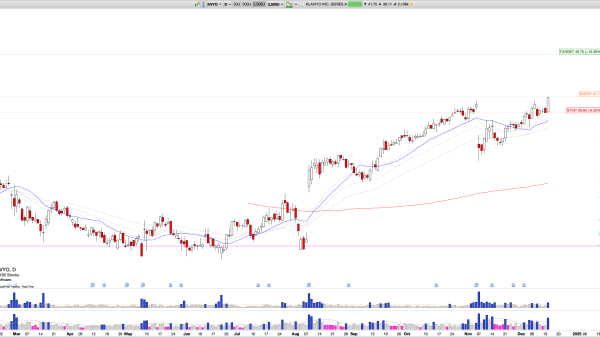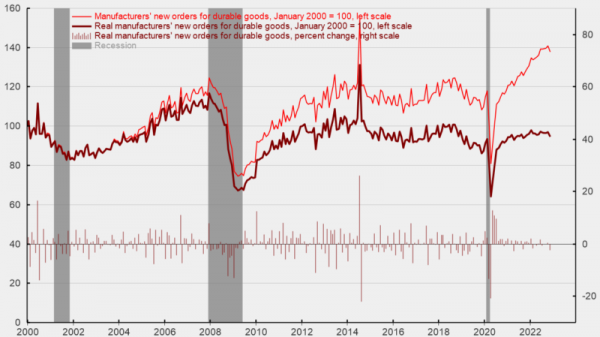

The in-building wireless market is transforming significantly, with private 5G networks poised to close the considerable gap with Distributed Antenna Systems (DAS).
According to global technology intelligence firm ABI Research, the private 5G market, currently about 14 times smaller than DAS, is expected to grow at a remarkable compound annual growth rate (CAGR) of 63%, compared to DAS’s 21% through 2029. This rapid growth could result in a market value of approximately US$19.4 billion for private 5G by 2029, as compared to US$44.2 billion for DAS, signaling a dramatic shift in how enterprises approach in-building connectivity.
“While DAS will remain the go-to solution for large-scale environments like airports, offering broad coverage with minimal investment in new infrastructure, private 5G is gaining traction across various sectors due to its support for advanced technologies like mmWave, low latency, and IoT applications,” explains Sam Bowling, Research Analyst at ABI Research.
“As demand grows for next-gen applications and more customized connectivity solutions, private 5G is poised for broader adoption in the coming years, particularly in greenfield sites where tailored networks can be fully optimized.”
However, the path to widespread adoption of in-building wireless solutions has challenges. Providers must address issues such as the need for scalable, reliable coverage in complex environments, diverse building architectures, and the growing demand for high-bandwidth, low-latency connectivity to support next-generation applications. Additionally, the high costs and complexity of network installation and upgrades complicate widespread adoption.
To overcome these challenges, vendors have developed innovative solutions. For example, Ericsson’s Radio Dot, a neutral host system, has been approved by major U.S. carriers and already provides flexible coverage in dense, high-traffic environments like airports. Similarly, Nokia’s AirScale portfolio enables operators to deploy future-proof private 5G networks that support advanced technologies like mmWave, IoT, and automation. These solutions are helping operators meet the evolving needs of both commercial and industrial sectors, positioning them to scale networks and maintain high-performance connectivity in the future.
Bowling concludes, “The in-building wireless market is poised for continued growth, driven by DAS and private 5G deployments. While private 5G is set to expand faster than DAS, catering to industries requiring customized, high-performance networks, DAS will remain crucial for large-scale environments needing broad coverage. To stay competitive, vendors should prioritize trends like network slicing and neutral host solutions, as these will enable more flexible, scalable, and cost-effective deployments. By aligning their solutions with these evolving needs, vendors can ensure their technologies remain relevant and are widely adopted in the future of in-building connectivity.”
The post Private 5G to Drive 63% CAGR in In-Building Wireless Market, Narrowing the Gap with DAS by 2029 appeared first on IoT Business News.






















